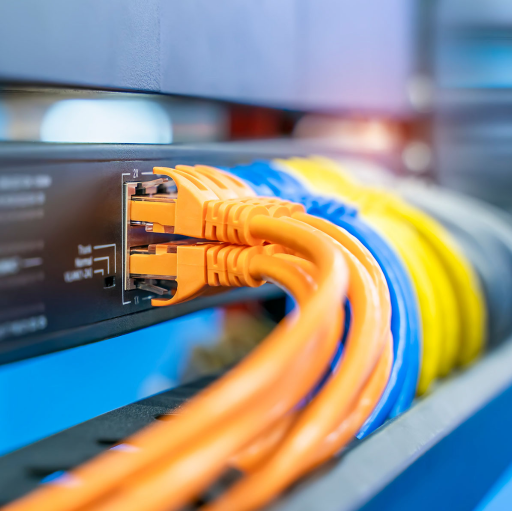
ENCOR #2 – Layer 2
How did port states change between 802.1D and RSTP?
How did port states change between 802.1D and Rapid Spanning Tree Protocol (RSTP)? What are the new RSTP port states?
At what point is the path cost updated in a BPDU message?
When is the root path cost updated? Is it when a switch receives a BPDU? Just before the BPDU is sent to the next switch?
What is the Loop Guard Function?
What is Loop Guard? How do you configure Loop Guard on your Cisco Switch?
MST Instances vs MST Regions
What are MSTP instances and regions? Are non-MSPT stitches compatible with MSTP switches?
Is MST configuration locally significant to each switch?
Is Multiple Spanning Tree (MST) configuration locally significant? Does MST support regions?
What do the Sub-Headings in ‘show interfaces trunk’ mean?
How do you read and understand the output when using the ‘show interface trunk’ command on Cisco switches?
What roles and messages are used in a VTP architecture?
How does VTP work? What are the 4 VTP role configuration options and the 3 main messages required?
How do VTP messages propagate, based on revision number?
How do VTP messages propagate, based on the revision number? Can a client configure a server?
CCNP Layer-2 LAB
This Cisco Layer 2 lab is designed to teach you how RSTP and MSTP work together. We will enhance spanning tree by adding BPDU guard and loop guard.